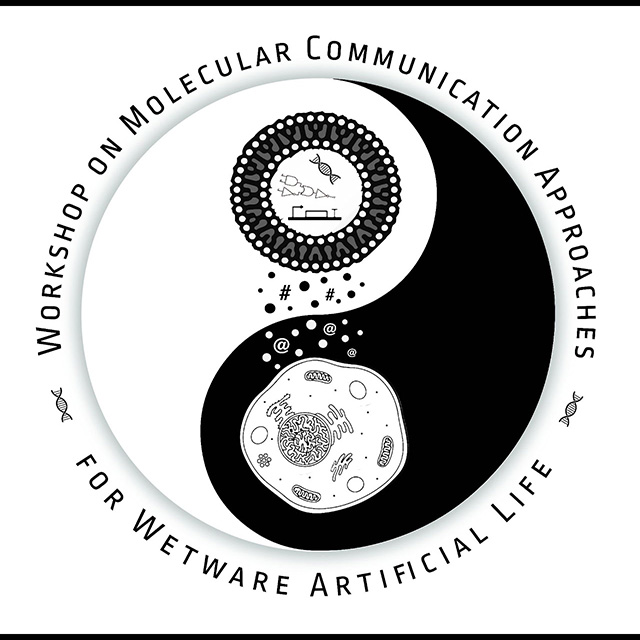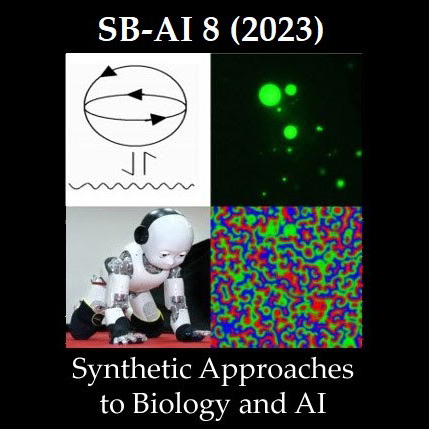Artificial life aims to deepen our understanding of living systems, including their interactive, evolutionary, and adaptive aspects, through constructing artificial systems in chemical experiments, computer simulations, robots and so on. Although cross-disciplinary approaches in artificial intelligence, neuroscience and developmental robotics have been introduced, we have not fully achieved the emergence of intelligence and mind in artificial systems.
The goals of the workshop are to improve the plausibility of cognitive capacities of artificial living systems and propose a framework for exploring the origin, emergence and evolution of perception and emotions. We reinforce the role of cognitive feelings (i.e., feelings about one’s mental processes, encompassing senses of knowing, confidence, reality, and fluency, etc.) as an integrated component contributing to developmental individuality and diversity. We also recognize the difficulty in implementing (subjective) feelings in artificial systems which requires the differentiation whether these systems possess feelings or just behave as so.
For a comprehensive perspective on how individual- and population-level diversity in cognitive and behavioral capacities emerges, in this workshop, we encourage discussions on methods and findings in disciplines including but not limited to:
- Robotics,
- Computational and behavioral neuroscience,
- Psychology,
- Virtual/augmented reality, and
- Artificial intelligence, etc.
Furthermore, we hope to broaden the established relationship between life and the “extended mind” by integrating cognitive and emotional components and focus the conversation on the key role of perception and emotions in advancing the implementation of artificial agents.



